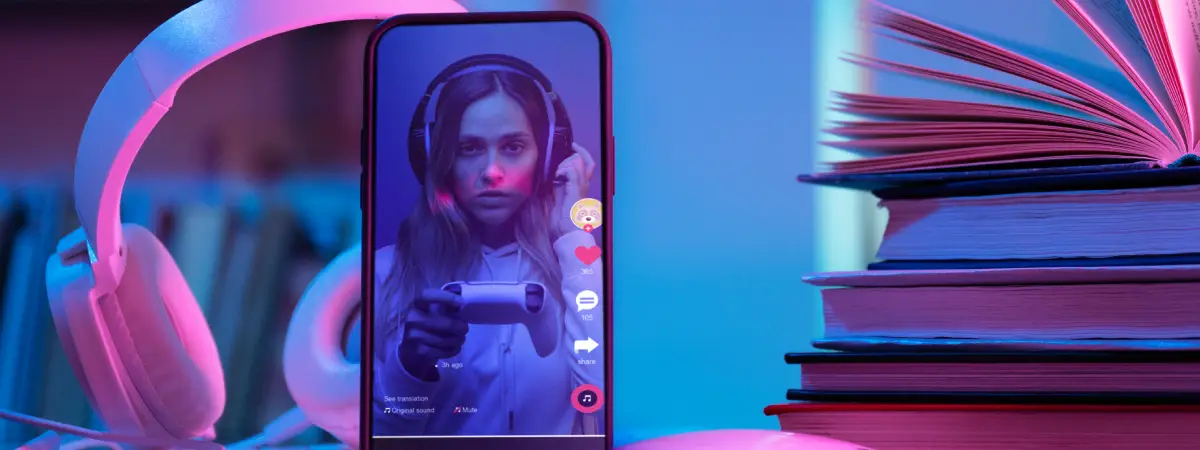AI-Generated Influencers Are Going Mainstream
July 25, 2025

July 25, 2025

AI-Generated Influencers Are Going Mainstream. What This Means for Human Creators
In a digital world constantly reshaped by technology, the influencer economy is experiencing a paradigm shift. AI-generated influencers, once a futuristic concept confined to experimental campaigns, are now becoming mainstream.
From fashion runways to sponsored posts, these virtual personas are redefining content creation and raising crucial questions for human creators. As algorithms design faces and personalities, what does the rise of AI influencers mean for the future of real, flesh-and-blood talent?
Virtual influencers are not just novelty characters anymore. They are part of a booming industry projected to grow in tandem with advancements in artificial intelligence, computer vision, and generative design. According to a 2024 report by Influencer Marketing Hub, the virtual influencer market is expected to surpass $10 billion by 2030.
One of the most well-known examples is Lil Miquela, a CGI fashion icon with over 2.7 million followers on Instagram. Created by Brud, a tech startup based in Los Angeles, she collaborates with luxury brands like Prada and Calvin Klein. Meanwhile, Noonoouri, an AI-driven fashion avatar, signed a music deal with Warner Music and recently debuted her own track, fusing digital aesthetics with pop culture relevance.
AI influencers are increasingly found in brand campaigns, especially in fashion and lifestyle verticals, where aesthetics and consistency matter. For marketers, the appeal is clear: AI personalities don’t age, demand pay raises, or cause PR scandals.
AI influencers offer unmatched creative control. Developers can script their personalities, dialogues, and behaviour to align precisely with brand values. This reduces risk and boosts predictability in campaign outcomes.
They’re also scalable. A single AI character can post in multiple languages, appear in different outfits daily (without the logistics of photoshoots), and adapt instantly to seasonal trends, all driven by tools like Instagram GPT-style content generators.
Additionally, AI influencers can be fully optimised for SEO and engagement. They can be fed with analytics, past campaign data, and consumer sentiment to maximise reach.
While many discussions focus on ROI and automation, a lesser-discussed yet vital angle is the emotional impact on audiences. Traditionally, influencer marketing thrives on relatability and authenticity. However, Gen Z and Alpha consumers increasingly engage with fictional, aesthetic-driven content over personality-driven content.
According to a 2023 Deloitte survey, 42% of Gen Z respondents said they would follow a virtual influencer if the content was creative or visually inspiring, even if the persona was not “real.” This signals a shift: inspiration is now competing with relatability.
Virtual influencers tap into a kind of aspirational fantasy that’s curated down to the pixel. They exist in a world without flaws, drawing users into hyperreal experiences that feel idealised, almost like digital couture.
The short answer: not yet, but adaptation is key.
AI influencers may be dominating certain niches, but human creators still hold a powerful edge in emotional intelligence, real-life storytelling, and community building. The best-performing content still hinges on vulnerability, behind-the-scenes moments, and cultural relevance, all areas where human creators shine.
That said, creators who resist integrating tech into their workflow risk falling behind. Human creators who collaborate with AI tools like Instagram GPT to enhance storytelling, stylise visuals, or automate repetitive tasks can scale faster and stay competitive.
The future of the influencer space isn’t about humans versus machines; it’s about synergy. Smart creators are already leveraging AI-generated avatars to build alter-egos, expand their brand universe, or experiment with new aesthetics without altering their main identity.
Fashion influencer Imma, an AI model from Japan, often appears in collaborative content with real creators. Some influencers have even started training their own “digital twins” to take over basic posting duties while they focus on strategy and personal growth.
We may soon see hybrid accounts where human influencers switch between their physical presence and digital versions of themselves, creating an omnichannel persona that transcends physical limitations.
Brands need to reevaluate their influencer strategies. Should they invest in AI influencers who offer consistency and control, or in human creators who provide emotional resonance and grassroots engagement?
The ideal path may be a blend. Use AI influencers for broad, campaign-driven messaging, and human creators for community-centric storytelling. This dual approach can maximise both reach and relevance.
Additionally, brands need to remain transparent. Regulatory bodies like the FTC and ASA are pushing for clearer disclosures on AI-generated content. As the line between real and synthetic blurs, ethical clarity becomes a trust-building tool.
Whether you’re a human creator or managing a brand account, embracing SEO-optimised strategies will be essential:
Final Thoughts: The Future Is Hybrid
AI-generated influencers are not a passing trend, they’re a sign of where tech, lifestyle, and fashion are converging. As the creator economy matures, those who embrace both art and algorithm will lead the way.
For human creators, the mission is clear: adapt, collaborate, and reimagine what influence means in a world where the next fashion icon might be code.